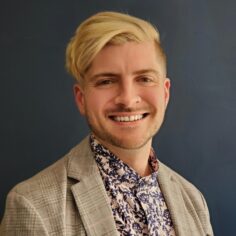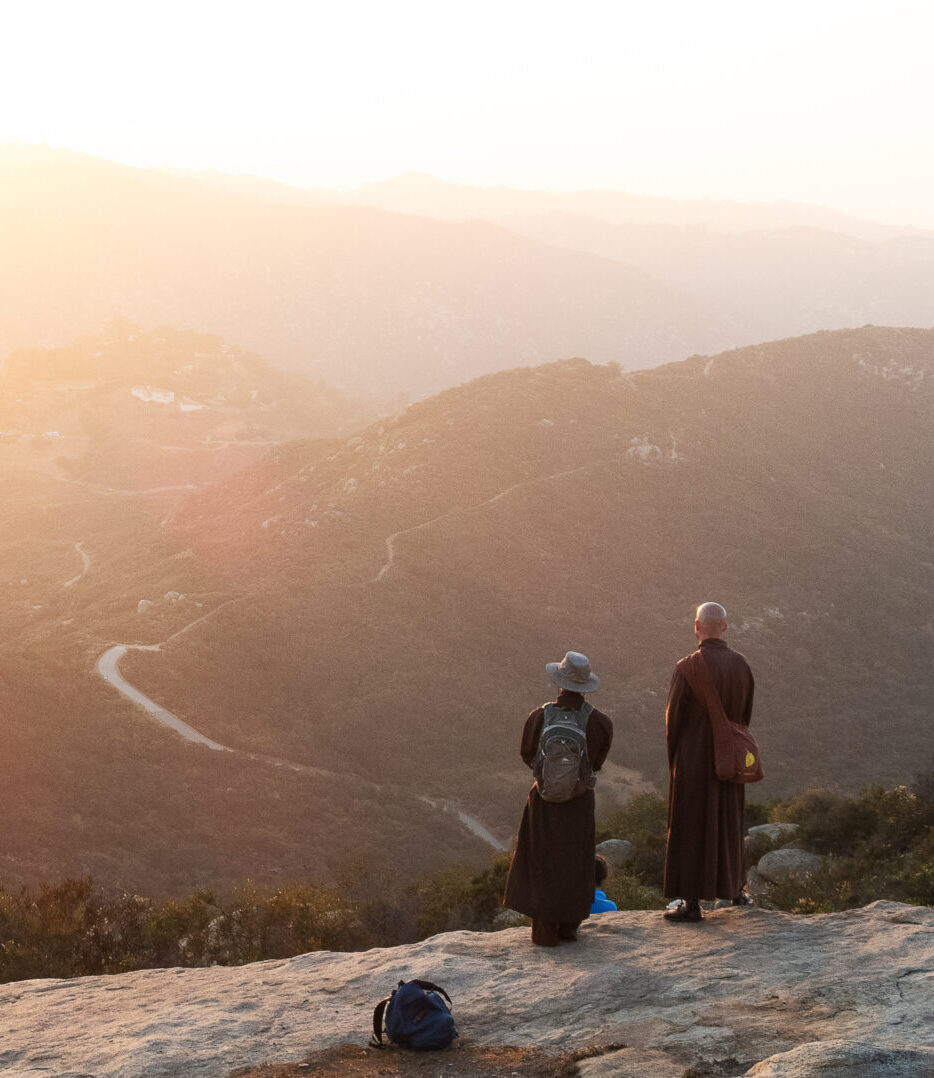Corey Prachniak shares how Buddhist teachings, practices, and chants—introduced in meditation groups and Plum Village monasteries—helped them relieve anxiety through self-acceptance and liberation.
Two years ago, I found myself in the kitchen holding dozens of pills. I saw my hand, as if with a mind of its own, rising towards my open mouth. I snapped out of this trance just in time, dumped the pills on the floor, and called a mental health hotline for help.
Corey Prachniak shares how Buddhist teachings, practices, and chants—introduced in meditation groups and Plum Village monasteries—helped them relieve anxiety through self-acceptance and liberation.
Two years ago, I found myself in the kitchen holding dozens of pills. I saw my hand, as if with a mind of its own, rising towards my open mouth. I snapped out of this trance just in time, dumped the pills on the floor, and called a mental health hotline for help.
From the outside looking in, my life looked great. I was a transgender and nonbinary person who was privileged to be working in advocacy for my community for over a decade. I was married, living in my dream home, and had a lot of people who cared about me.
But after several challenges and traumas, exacerbated by my maintaining a delusion of “happiness,” I hit a breaking point. After that incident I turned to meditation to reduce my anxiety, and the teachings of Thích Nhất Hạnh kept coming up in my meditation groups, leading me to begin studying his works. A year later, I spent some time at Blue Cliff Monastery and solidified my practice as a Buddhist.
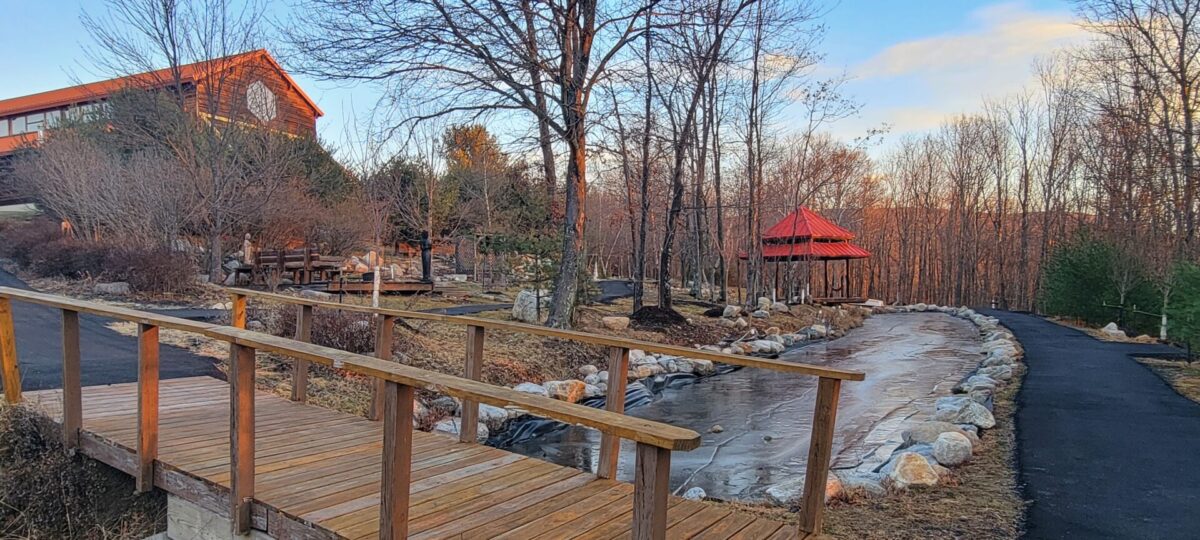
I believe that the Plum Village tradition offers unique ways for the trans community to move towards liberation, and that this truth offers promise for the monastic path’s continued expansion in the West.
Mindfulness and Practice
Minority stress theory explains how discrimination impairs the mental health of marginalized populations like trans individuals. Faced with discriminatory stressors, we sometimes build resilience but other times turn to unhealthy coping mechanisms that promote mindlessness over mindfulness as temporary relief from suffering.
Part of my journey towards wellness was building positive coping strategies and true resilience. My first trip to Blue Cliff showed me how a monastic path elegantly supported a mindful life. I realized that I could adopt much of the monastic routine at home, and I began waking early each morning to have time for meditation, reflection, and fresh air. These practices made me conscious of the agency I had over my time and choices.
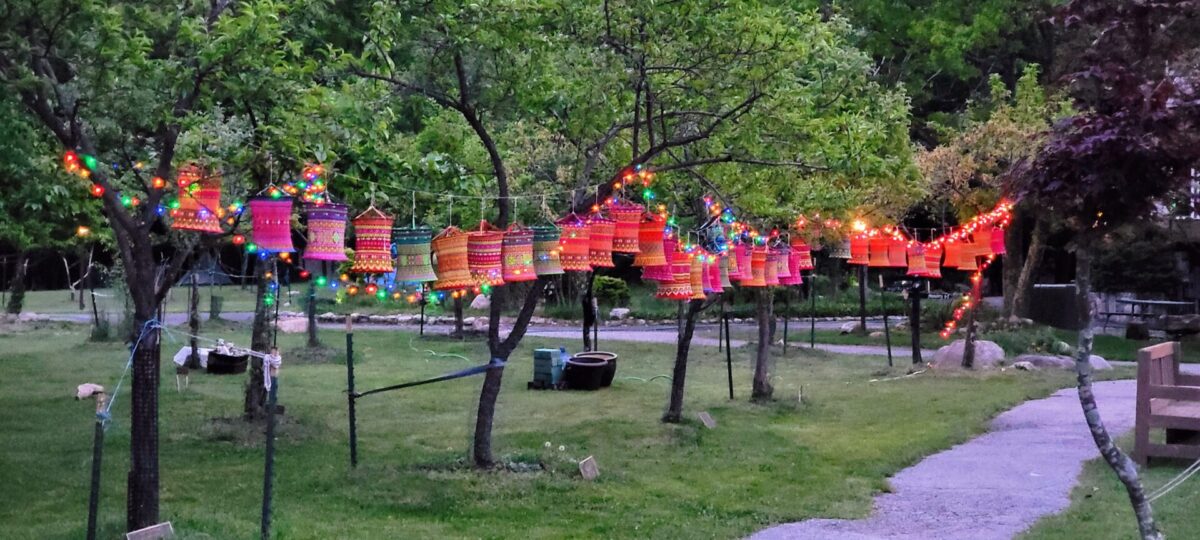
In a society where goals are measured by dopamine hits of gamified “streaks,” losing my temper or missing a day of meditation had previously felt like a failure. But observing monastic life showed me that mindful practices were not just the path but also the destination; as long as I was practicing, I was not failing but succeeding. And good habits reinforce each other. For example, like many trans people, I had at times relied on alcohol to relieve stress or seek acceptance. When I found that even one drink at night would make it painful to awake the next day to meditate, I was motivated to quit drinking.
Dharma and Understanding

A daily practice gave me the space to meditate on the Dharma and begin discovering its truth for me as a trans person. For example, I have listened to “The Insight that Brings Us to the Other Shore” many times since hearing it sung at Blue Cliff. From what I understand, part of its teachings is that we are not a singular “self” but are comprised of five interdependent skandhas—such as our bodies, perceptions, and mental formations—that are both distinct and interdependent.
Gender dysphoria is a medical term describing the distress someone can face when their gender identity does not match the sex they were assigned at birth. For me, it has meant anxiety and depression because how I identify does not always correspond to my body or how other people perceive me. Reflecting on the Heart Sutra has helped me embrace rather than fear the complexity of the different components of my identity. My anxiety has been reduced because I can see this apparent incongruence not as a flaw but as the essence of what makes me who I am.
I fear that trans youth today receive the message that they can only be themselves if they have access to particular medical services. While trans folks deserve access to all the care we need, we are more than a given body part, reflection in the mirror, or social expectation. I never thought that chanting an ancient sutra would help me to see this, but such has been my experience.
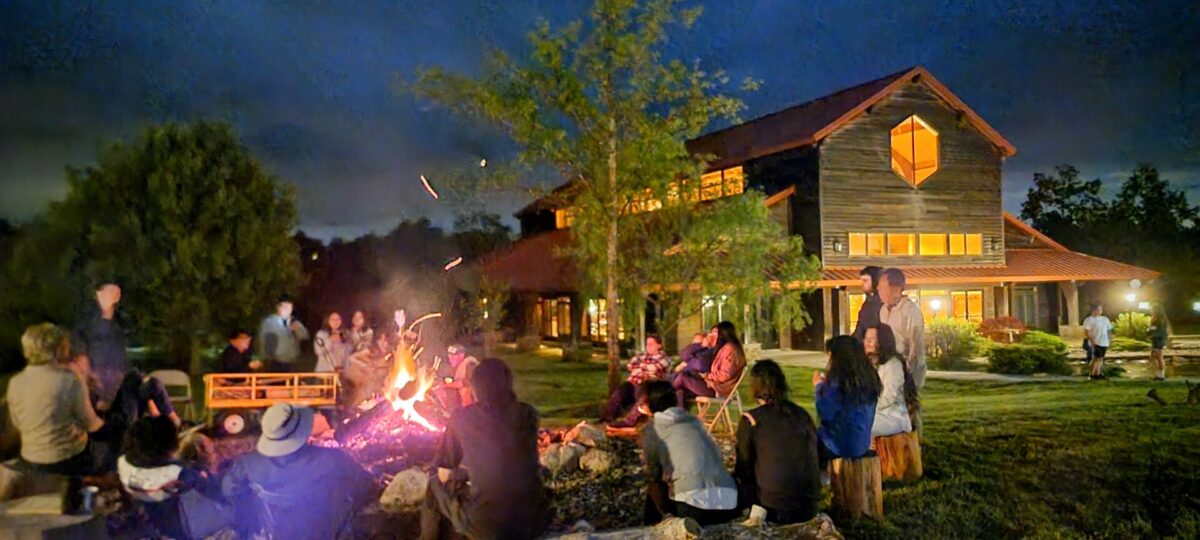
Community and Compassion
When I first started looking to visit a monastery, I was disheartened to see that facilities were often gendered, even though many (such as Blue Cliff) let people self-select their gendered dorm and sometimes offer nonbinary rooms. I could understand the historic rationale for the gender division, but it nonetheless made me anxious.
I’m so thankful I went anyway. While these circumstances are not ideal for trans folks, I have consistently found compassion and open-mindedness at Buddhist spaces I have entered. This has helped me to come to greater peace in other areas of my life and to both seek out and demonstrate more compassion.
For example, my activism was often driven by anger and fear at how my community is treated. When I felt hatred from political leaders on TV, I hated them and their followers in retribution. My new path has helped me to let go of hate. I now understand that the wrong view of others has nothing to do with me and that the perpetrators of anti-trans hate suffer from their views, too.
This is not to say that we should be complacent. Thầy teaches us that Engaged Buddhism means advancing change, but from a place of mindfulness and love. Today, in both my personal life and advocacy, I try to approach others with a little more of the understanding I hope they show me.
Resilience and Liberation
The words “it gets better” are frequently used to encourage trans youth that their challenges will soften over time. However, our circumstances are impermanent; things get better, but they can also get tough again. This is true in our lives as individuals as well as for the trans movement as a whole, which is marked by sociopolitical successes followed by backlash, time and again.
Trans people sadly cannot always count on our families, communities, and governments to have our backs. We can’t expect that an inclusive law in place today will be there tomorrow. We need to be strong but adaptable, and to continuously practice this capability. The monastic path offers many examples of how our daily practice can provide just the resilience training that we need.
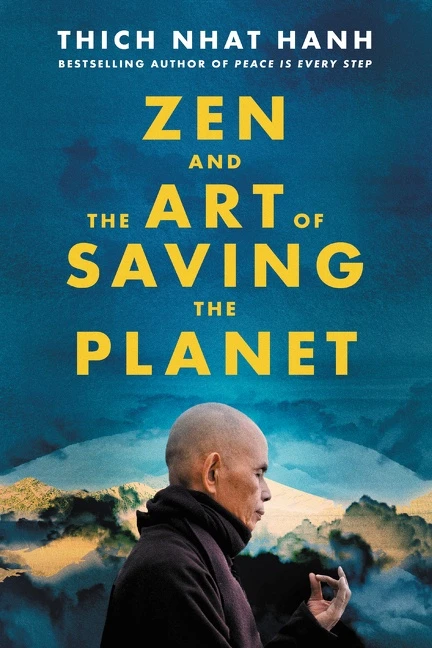
This is critical for both personal survival and societal transformation. As Thầy writes in Zen and the Art of Saving the Planet, “It is only by having the courage to encounter our own suffering that we can generate the clarity and compassion we need to serve the world.” And he rightly notes that saving the planet is not something that happens just once but that must be continuous. The march towards trans liberation is not a journey that will be completed in a matter of years or even lifetimes.
But this journey is itself the destination—just as there is no gender “transition” but rather a lifelong path towards acceptance and peace. And like the monastic path, it is not a means to an end but a joyful, challenging, and transformational practice. It is our lived experience, each and every moment until we arrive on the other shore.

Photos by Corey Prachniak
